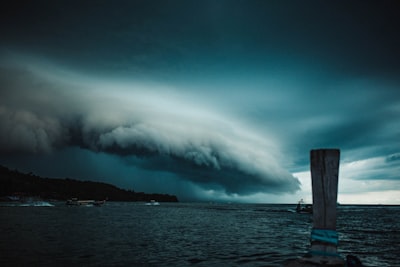Imagine a world where, instead of storms passing through and fading into memory, each one leaves a marker—like dominoes lining up for the next nudge. Scientists have a name for this: compounding weather events. When southern China faces a tropical depression just weeks after Typhoon Wutip, it’s more than déjà vu; it’s an illustration of how nature rarely resets to zero between storms.
Saturated soils struggle to absorb more rain, rivers still swollen don’t need much to spill over again, and communities have less time to regroup—much like an exhausted runner forced into another marathon with barely a pause for breath. Sometimes, the follow-up storm doesn’t need to be strong; the backdrop has already been primed for disaster.
Here’s the twist: historians trace tales of wild sequences back centuries. The Great Flood of 1931 in China followed months of relentless onslaughts. And in more recent memory, the 2017 Atlantic hurricane season saw Harvey, Irma, and Maria change the trajectory of entire regions in just a few weeks.
Maybe the next time a headline hints at another storm on battered shores, we’ll pause and wonder: what invisible dominoes have already fallen, and how will this new event connect to the last?
This article was inspired by the headline: 'Tropical depression hits southern China two weeks after Typhoon Wutip'.

Comments
No comments yet. Be the first to comment!